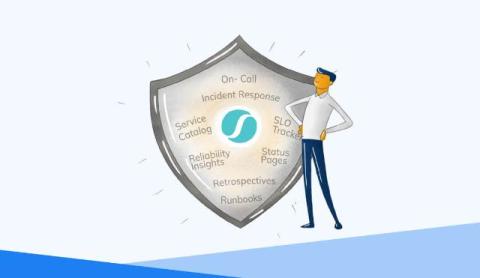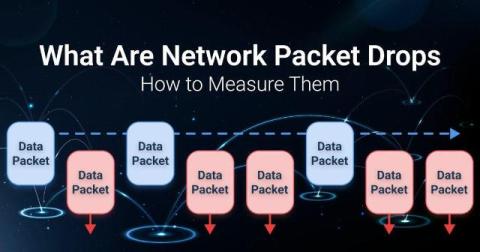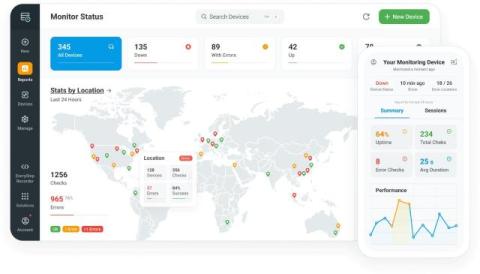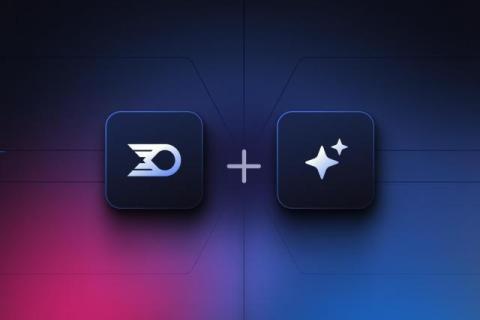Fixing Dependent Column Issues With dbForge Data Generator
Users should maintain data consistency to ensure accurate database testing and analysis, especially when generating data in dependent columns. For example, they can use formulas, data generators, or post-scripts to fill in columns based on other columns in the table. However, post-scripts may be complicated and affect database performance. In the article, we’ll explore how to generate values for the referenced columns using dbForge Data Generator for SQL Server.











